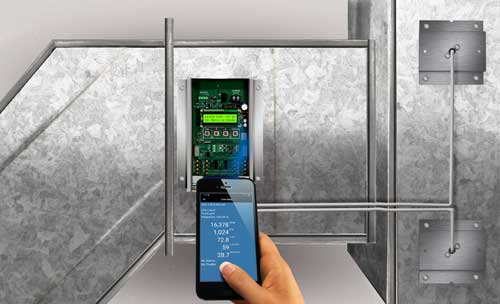The purpose of Washington’s Clean Building Performance Standard (CBPS) is to provide programs and procedures essential to energy-efficient design and to drive energy efficiency in existing buildings without compromising efficient operation, maintenance, management, and monitoring, which results in reduced energy consumption in existing buildings.
A central requirement of the law is the implementation of Energy Efficiency Measures (EEMs) through a detailed Energy Management Plan, including:
Operation & Maintenance (O&M) to maintain system performance over time
Commissioning (Cx) to verify correct system function
Ongoing Commissioning (OCx) to sustain performance and catch degradation early
One key evaluation (D.6.2.3.9) is the control of minimum outdoor air ventilation. Adjustments may be necessary to prevent either excessive or inadequate airflows, which can negatively impact both energy consumption and occupant health.
In addition to energy performance, the standard also emphasizes maintaining Indoor Environmental Quality (IEQ) (D3.2.7.4). Proper control of temperature, humidity, and ventilation is crucial for maintaining occupant comfort, productivity, and safety.
EBTRON airflow measurement solutions help building owners and operators meet Washington’s requirements by providing:
EBTRON sensors are engineered to deliver dependable performance:

EBTRON supports advanced ventilation control and monitoring for compliance and performance:
June 1, 2026 – More than 220,000 sq. ft.
June 1, 2027 – More than 90,000 sq. ft. but less than 220,001 sq. ft.
June 1, 2028 – More than 50,000 sq. ft. but less than 90,001 sq. ft.
July 1, 2027 – More than 20,000 sq. ft., but less than 50,001 sq. ft., and all multifamily residential buildings more than 20,000 sq. ft.

© 2023, EBTRON, Inc.
